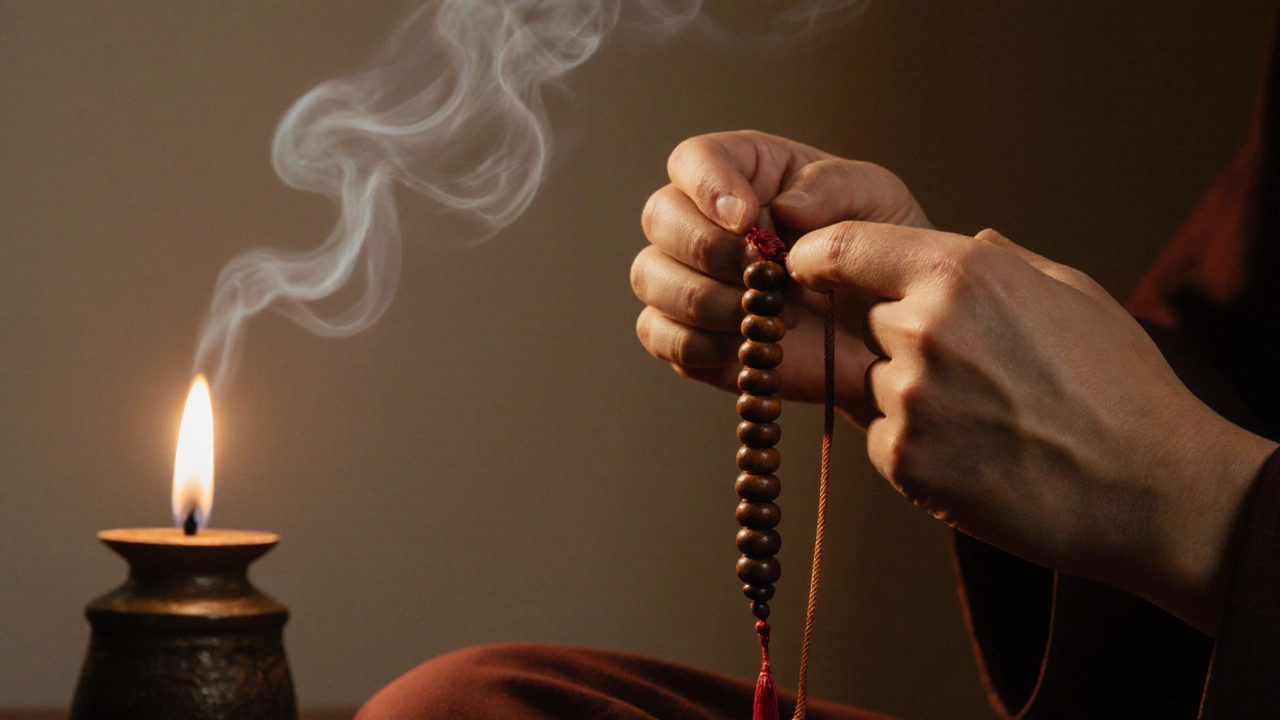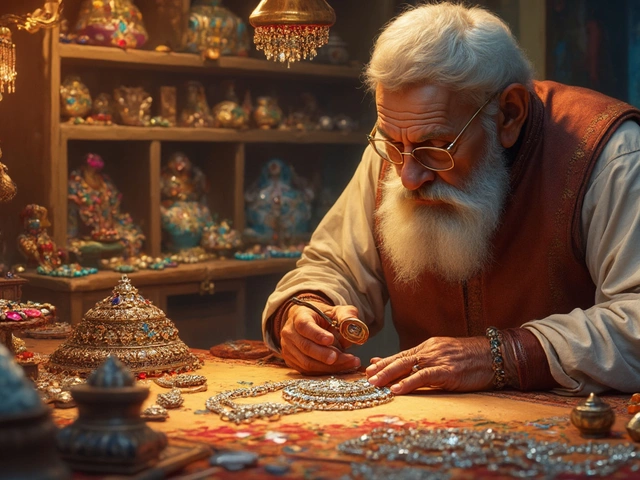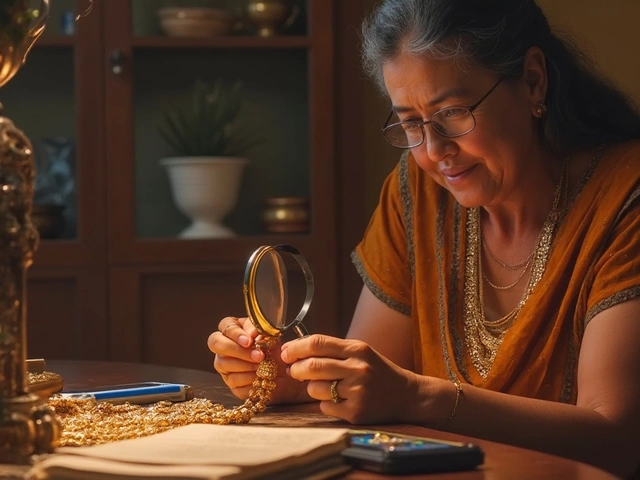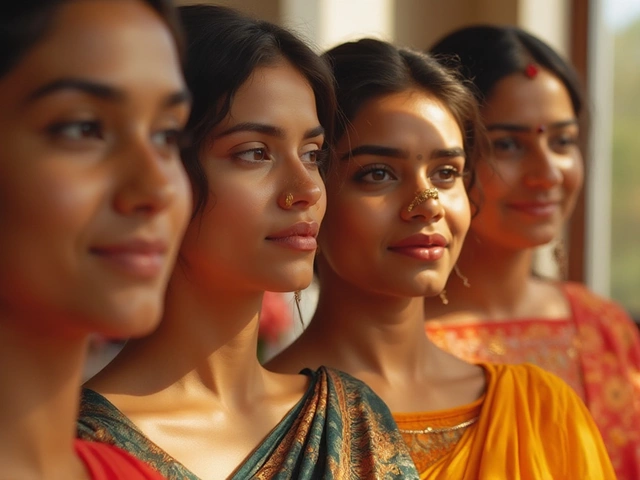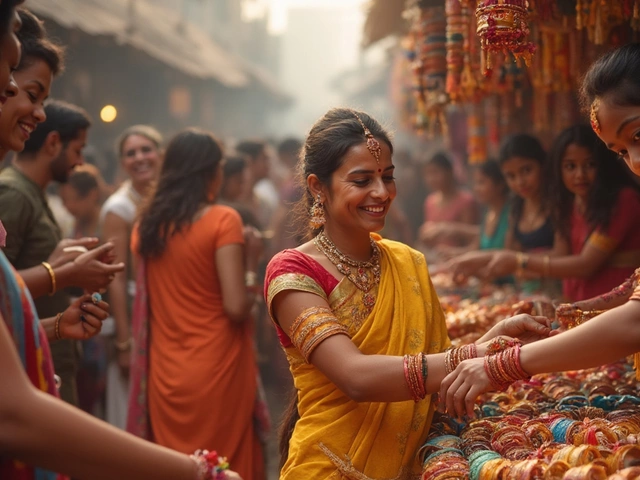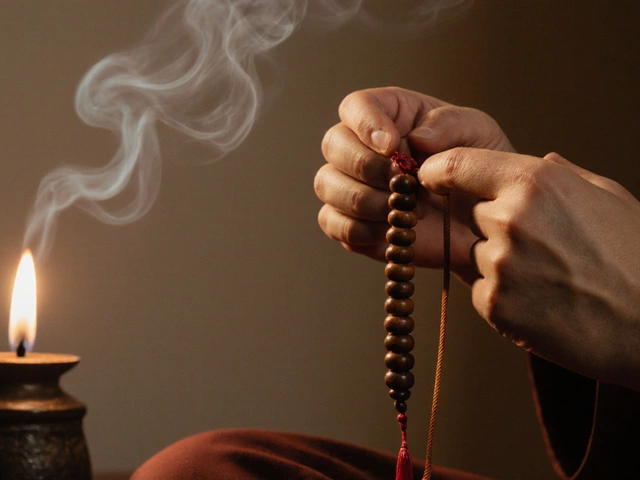Bead Superstition: Meaning, History, and Modern Use
When talking about bead superstition, the belief that certain beads carry protective, auspicious, or even ominous powers in Indian culture. Also known as black bead lore, it often shows up in the mangalsutra, the traditional necklace that marks a married woman's status. Black beads are the most common symbols used, thought to ward off the evil eye and bring stability to the partnership. This belief encompasses both personal faith and community tradition, linking the bead directly to Indian marriage rituals. In practice, the superstition requires careful selection of bead size, material, and placement, because each factor influences how the protective energy is believed to work. The cultural symbolism behind the beads drives their popularity across regions, from Rajasthan's royal courts to Kerala's temple festivals, creating a shared narrative that bridges generations.
Roots, Regional Flavors, and the Protective Power of Black Beads
Historically, bead superstition started with ancient traders who brought obsidian, onyx, and other dark stones to the Indian subcontinent. Over time, those stones became the black beads that families still cherish today. In North India, a single black bead in the mangalsutra is thought to block negative energies, while in South India, a cluster of three beads represents the Trimurti and adds extra spiritual shield. The superstition requires that the beads be placed close to the heart, because it’s believed the wearer’s pulse helps channel the protective force. Many regions also tie the beads to astrology; for example, those born under the sign of Scorpio often receive additional black beads to strengthen resilience. The belief that beads can act as a protective amulet extends beyond marriage, influencing daily wear, newborn ceremonies, and even business rituals, where a businessman might wear a black bead bracelet to guard against loss. This deep‑rooted cultural symbolism shows how bead superstition adapts to local customs while keeping a core idea: black beads = safety, balance, and good fortune.
Modern couples are remixing the tradition without losing the core belief. Designers now experiment with mixed metals, colored gemstones alongside black beads, and minimalist chain styles, yet they still honor the superstition by keeping at least one authentic black bead in the piece. When choosing a mangalsutra today, experts advise checking the bead’s finish – a matte, unpolished look is traditionally preferred because it’s thought to absorb more negative vibes. People also look for a clear hallmark on the bead, confirming it’s genuine agate or onyx and not a cheap glass imitation. By blending old‑world superstition with contemporary aesthetics, the practice stays relevant, offering both a fashion statement and a sense of spiritual protection. Below you’ll find a curated collection of articles that dive deeper into each aspect – from the science behind the tests for genuine black beads to the cultural stories that keep the superstition alive.
How Many Beads Bring Good Luck? A Complete Guide to Auspicious Numbers
Discover which bead counts are considered lucky across cultures, their meanings, and how to choose the right number for bracelets, malas, and necklaces.
